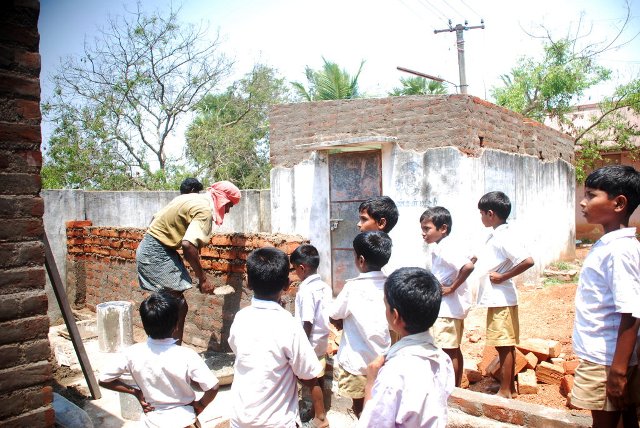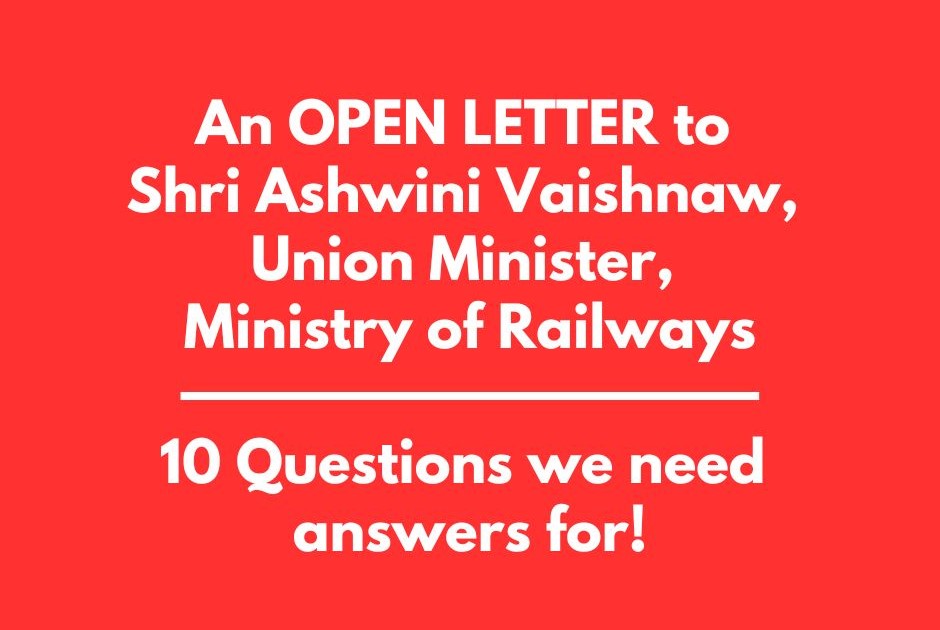New Delhi, 26 September, 2020: Roped in to construct toilets and meet Prime Minister’s goal of Swachch Vidyalaya Abhiyan (SVA) by August 15, 2015, Central Public Sector Enterprises (CPSEs) have now been found guilty of not doing their job seriously, finds an audit of Comptroller and Auditor General (CAG) of India. Around 11 per cent of toilets constructed by these CPSEs under their Corporate Social Responsibility (CSR) are either not available or not in working conditions, finds the audit report tabled in Parliament on September 23.
As per the CAG audit, major discrepancies have been found in the toilet constructions done by Coal India Ltd (seven subsidiaries) and NTPC Ltd. Around 14 % of toilets constructed by Coal India Ltd and its subsidiaries were either not available or not fully constructed. Same was the story with 17 % of toilets constructed by NTPC Ltd.
Surprisingly, these were the two companies which have spent higher amounts on per toilet construction, as per the report. See the box to know more about the individual CPSEs performance report in constructing these toilets.
To achieve the objective of separate toilets for boys and girls within a year, Ministry of Human Resources Development (MHRD) launched (1 September 2014) SVA and sought cooperation of other ministries to impress the Central Public Sector Enterprises (CPSEs) under their administrative control to participate in the project for construction of toilets in government schools.
As per the CAG report, 53 CPSEs participated in this project and constructed 1,40,997 toilets. The Ministry of Power (MoP), Ministry of Coal (MoC) and Ministry of Petroleum & Natural Gas (MoPNG) extended significant support through CPSEs under their administrative control. Seven CPSEs under these three ministries constructed more than 5,000 toilets each and 1,30,703 toilets in total, at a cost of Rs 2,162.60 crore. Audit examined the records pertaining to construction of toilets by these seven CPSEs {NTPC, PGCIL, NHPC, PFC, REC, ONGC and CIL (seven subsidiaries)} and also conducted physical survey of a sample of 2,695 toilets across 2,048 schools in 15 States.
The findings are surprising to say at least.
Particulars of toilets constructed by CPSEs
| Serial No. | Name of the CPSE | Toilets constructed | Total Cost (In crore) | Average Cost per Toilet | Toilets surveyed by Audit | (%) of toilets non existing or partially constructed |
| 1 | Coal India Ltd (seven subsidiaries) | 54,012 | 1,191.54 | 2,20,606 | 1,119 | 14 |
| 2 | NTPC Ltd | 29,441 | 3,37.81 | 1,14,741 | 564 | 17 |
| 3 | REC Ltd | 12,379 | 1,51.92 | 1,22,724 | 254 | 7 |
| 4 | Power Grid Corporation of India Ltd | 9,983 | 65.14 | 65,251 | 144 | 1 |
| 5 | PFC Ltd | 9,383 | 197.59 | 2,10,583 | 184 | 4 |
| 6 | Oil and Natural Gas Corporation Ltd | 7,958 | 105.37 | 1,32,408 | 188 | 1 |
| 7 | NHPC Ltd | 7,547 | 113.23 | 1,50,033 | 159 | 5 |
| Total | | 1,30,703 | 2,162.60 | | 2,612 | 11 |
Toilets not constructed
During the survey, 200 toilets were not found in the respective schools and 86 toilets were found to be only partially constructed. The non-existing and partially constructed toilets constituted 11 per cent of the toilets surveyed. Out of 1,967 co educational schools surveyed by Audit, 99 had no functional toilets while 436 had only one functional toilet. The objective of providing separate toilets for boys and girls was not fulfilled in these 535 cases (27 per cent).
Toilets constructed, but not in use
Out of 2,326 constructed toilets surveyed, 691 (30 per cent) were found not in use mainly due to lack of running water, lack of cleaning arrangements, damages to the toilets and other reasons like use of toilets for other purposes, toilets locked up etc.
Lack of running water and other facilities
As per SVA, the toilets were to be provided with running water, hand washing facilities and proper/ regular maintenance so as to effectively change the behaviour of beneficiaries. During the survey, 1,679 out of 2,326 constructed toilets (72 per cent) were not found to have running water facilities inside toilets. Further, hand washing facility was not available in 1,279 out of 2,326 constructed toilets (55 per cent). Audit also noticed defective construction of toilets, non-provision of foundation/ramp/staircase and damaged/overflowed leach pit, which led to ineffective use of toilets.
Inadequacies in identification of schools
The CPSEs were required to conduct the survey in identified schools before starting construction of toilets. PFC and CIL (Subsidiary-SECL) did not conduct the survey while other CPSEs which conducted the survey did not cover all the schools identified by them. As a result, they were not able to construct the required number of toilets and resources were not optimally utilised.
Completion of toilets constructed by CPSEs
Though the CPSEs reported completion of toilets, completion certificates were not provided to Audit in 60 per cent of cases. In the remaining 40 per cent where completion certificates were provided, only 33 per cent cases had toilets completed within the due date. Audit noticed that the award activity by the seven CPSEs could be completed only by May 2015. Given that construction time of four months was needed, compliance of Government directive to complete all toilets by 15 August 2015 could not have been ensured by the CPSEs. The CPSEs had nevertheless reported completion of all the toilets by 15 August 2015 which was not actually the case.
Maintenance arrangements for toilets
The Administrative Ministries directed the CPSEs to maintain the toilets constructed by them for three to five years and book the annual expenses to their CSR budget. During the survey, Audit noticed that proper maintenance/ sanitation was lacking in 1,812 out of 2,326 toilets. 715 out of 1,812 toilets were not being cleaned. 1,097 toilets were being cleaned twice in a week to once in a month. The norm was for daily cleaning at least once. Thus, 75 per cent of selected toilets were not maintained hygienically. Cases of non-provision of soap, bucket, cleaning agents and disinfectants in toilets and inadequate cleanliness of pathway were also noticed.












